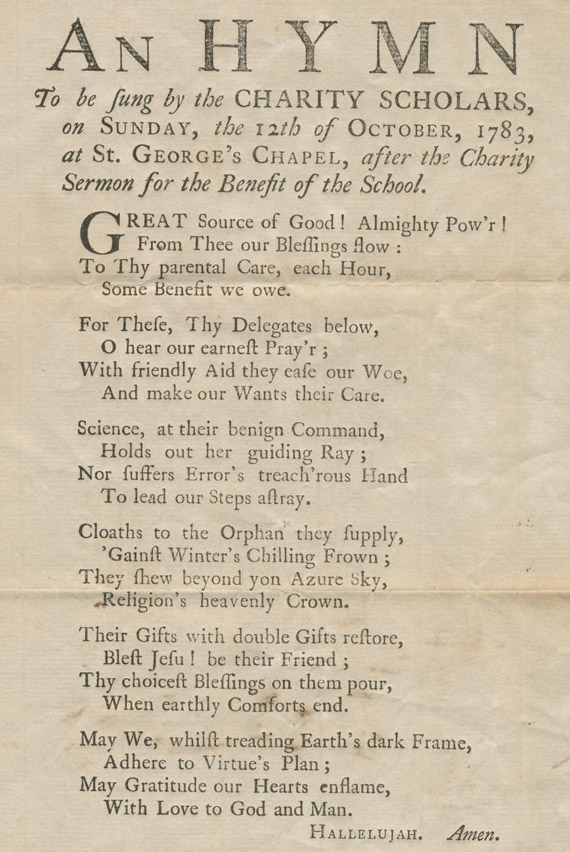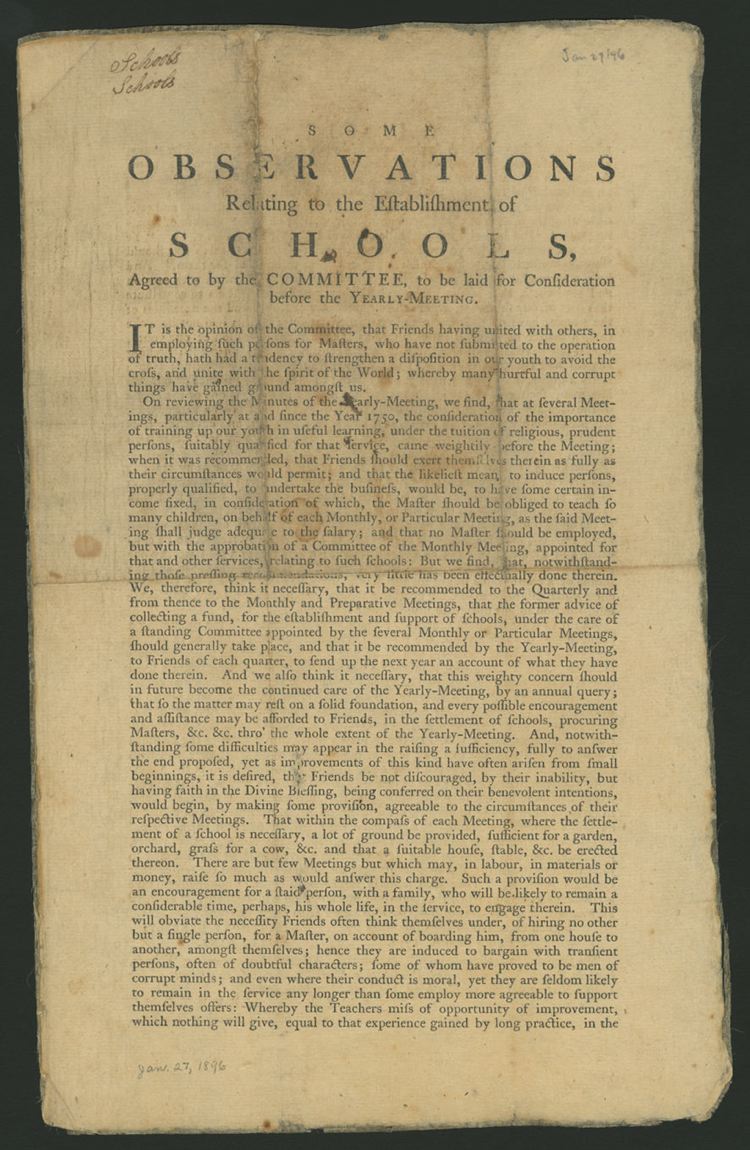Lesson Plan Two: Education
Introduction
Links
Activities
Venn Diagram Activity
Make a venn diagram demonstrating the similarities and differences between eighteenth and twenty-first century schools.
Venn diagram: A visual organizer to help students compare and contrast similarities and differences in information.

Group discussion
In small groups, discuss the contrasting educations for boys and girls and determine whether or not separate education would be appropriate for today's working society.
Document Analysis One
Document Analysis Two
DBQ
Evaluate the validity of the statement, using the documents provided and your knowledge of the time period. You may entirely or partly agree or disagree with the quotation. Whatever position you take, be sure to construct an original thesis. Be sure to consider the counterargument, that is, what historians might say in opposition to your thesis. Do not forget to consider the point of view of the sources you employ.
Statement:
The American Revolution sought to sever ties from the Mother Country; Great Britain. During this time period soldiers and government officials struggled for independence for the colonies. Ordinary citizens still had direct ties and dependency to Great Britain. Children returned to the Mother Country to continue their education. The ordinary citizen was not an advocate for independence.
« Return to Index


